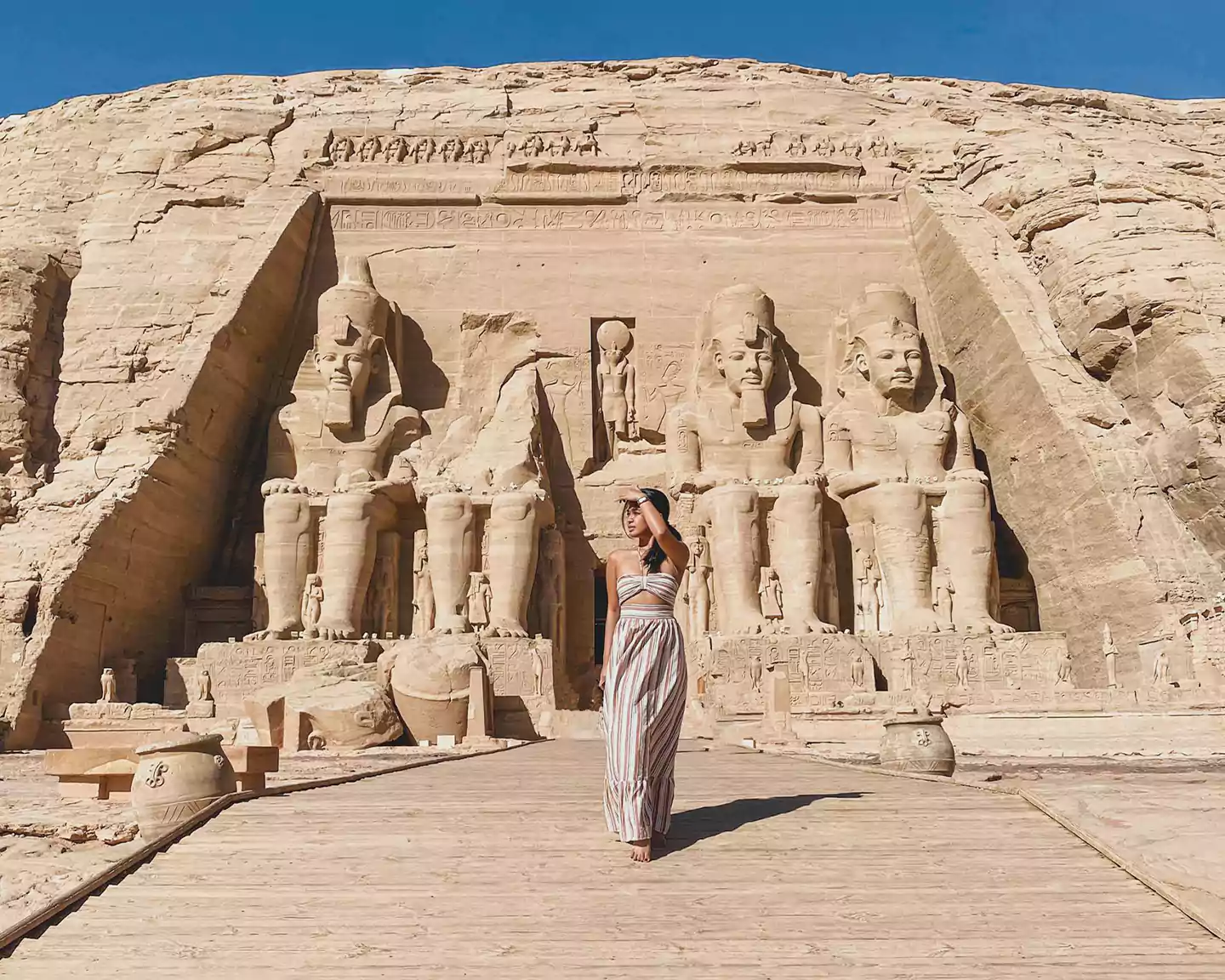Abu Simbel is often considered one of the most impressive and iconic temples in Egypt and the world. There are several reasons why it is considered among the best temples in existence


Post Introduction
Abu Simbel is often considered one of the most impressive and iconic temples in Egypt and the world. There are several reasons why it is considered among the best temples in existence
Post Content
Abu Simbel is often considered one of the most impressive and iconic temples in Egypt and the world. There are several reasons why it is considered among the best temples in existence:
Monumental Architecture: Abu Simbel features colossal statues and intricate carvings. The temple complex consists of two main temples, the Great Temple and the Small Temple, which are hewn directly into the rock face. The most striking feature is the four enormous statues of Pharaoh Ramesses II, each standing over 65 feet tall, at the entrance of the Great Temple.
Historical Significance: Abu Simbel was built by Pharaoh Ramesses II in the 13th century BCE as a grand monument to commemorate his victory at the Battle of Kadesh and to showcase his divine rule. This historical context adds to the temple's significance.
Overall, Abu Simbel's combination of grand architecture, historical significance, and the remarkable relocation effort contribute to its status as one of the most remarkable and iconic temples in the world.